Flavel Jazz Impact Installation And Maintenance Instructions Manual
- Type
- Installation And Maintenance Instructions Manual
This manual is also suitable for
Flavel Jazz Impact is a decorative log effect room heater that can be used to provide both heat and ambiance to your home. It has a gross heat input of 5.5 kW and a minimum heat input of 3.0 kW, making it suitable for use in a variety of room sizes. The Flavel Jazz Impact is also highly efficient, with an efficiency rating of 53%. This means that it will use less energy to heat your home, saving you money on your energy bills. In addition, the Flavel Jazz Impact is easy to install and use, making it a great choice for anyone looking for a reliable and efficient way to heat their home.
Flavel Jazz Impact is a decorative log effect room heater that can be used to provide both heat and ambiance to your home. It has a gross heat input of 5.5 kW and a minimum heat input of 3.0 kW, making it suitable for use in a variety of room sizes. The Flavel Jazz Impact is also highly efficient, with an efficiency rating of 53%. This means that it will use less energy to heat your home, saving you money on your energy bills. In addition, the Flavel Jazz Impact is easy to install and use, making it a great choice for anyone looking for a reliable and efficient way to heat their home.




















-
 1
1
-
 2
2
-
 3
3
-
 4
4
-
 5
5
-
 6
6
-
 7
7
-
 8
8
-
 9
9
-
 10
10
-
 11
11
-
 12
12
-
 13
13
-
 14
14
-
 15
15
-
 16
16
-
 17
17
-
 18
18
-
 19
19
-
 20
20
-
 21
21
-
 22
22
-
 23
23
-
 24
24
-
 25
25
-
 26
26
-
 27
27
-
 28
28
Flavel Jazz Impact Installation And Maintenance Instructions Manual
- Type
- Installation And Maintenance Instructions Manual
- This manual is also suitable for
Flavel Jazz Impact is a decorative log effect room heater that can be used to provide both heat and ambiance to your home. It has a gross heat input of 5.5 kW and a minimum heat input of 3.0 kW, making it suitable for use in a variety of room sizes. The Flavel Jazz Impact is also highly efficient, with an efficiency rating of 53%. This means that it will use less energy to heat your home, saving you money on your energy bills. In addition, the Flavel Jazz Impact is easy to install and use, making it a great choice for anyone looking for a reliable and efficient way to heat their home.
Ask a question and I''ll find the answer in the document
Finding information in a document is now easier with AI
Related papers
-
Flavel Rocco FCFL**RN3 Installation And Maintenance Instructions Manual
-
Flavel Glass Fronted Hole-in-the-Wall Gas Fire User manual
-
Flavel Jazz HE Gas Fire User manual
-
Flavel Pure FPRG**RN2 Installation And Maintenance Instructions Manual
-
Flavel Jazz User Instructions
-
Flavel Hole-in-the-Wall Balanced Flue Gas Fire User manual
-
Flavel Glass Fronted Hole-in-the-Wall Gas Fire User manual
-
Flavel Jazz Balanced Flue Gas Fire Operating instructions
-
Flavel Castelle Installation, Maintenance And User Instructions
-
Flavel Curve Installation And Maintenance Instructions Manual
Other documents
-
Infinity 890 CF Owner's manual
-
Crosslee G451ROYALCANT.LFE User manual
-
Dimplex DHCERA20M User manual
-
AEG G454ROYALBELM.LFE User manual
-
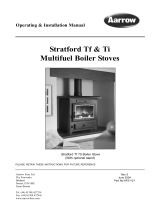 Aarrow Fires Boiler Stratford Tf User manual
Aarrow Fires Boiler Stratford Tf User manual
-
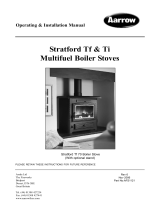 Aarrow Fires Tf 70 User manual
Aarrow Fires Tf 70 User manual
-
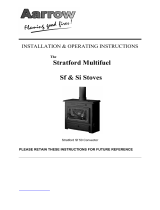 Aarrow Fires Stratford Sf 50 Convector User manual
Aarrow Fires Stratford Sf 50 Convector User manual
-
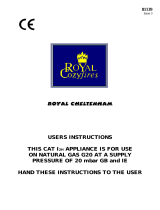 Royal Consumer Information Products U19019 G20 User manual
Royal Consumer Information Products U19019 G20 User manual
-
Infinity 780HD Instruction For Users
-
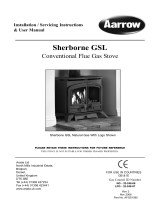 Aarrow Fires Gas Stove User manual
Aarrow Fires Gas Stove User manual
































